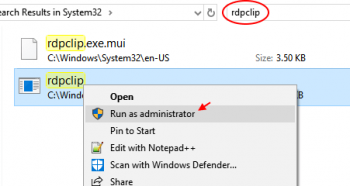Change the Default User Shell in Linux OS - Step by step guide ?
This article covers the different ways to change default user shell in Linux OS. In fact it includes instructions for changing the login shell from the command line using chsh, or changing the shell only for a particular terminal application.
Difference Between LXC, LXD and Docker Containers
This article covers the differences between Docker containers, LXD, and LXC. In fact, You can use any of these containers as per your working environment and the requirements as each container technology has its own advantage and the limitations.
Tree Command in Linux - With Examples ?
This article covers how to use the tree command in Linux. In fact, the tree command lists contents of directories in a tree-like format.
Following is its syntax:
$ tree [OPTIONS] [directory]How to Install Tree Command in Linux ?
The tree command is not available by default in Linux distributions, and can be installed in Debian and RedHat-based distributions with:
$ sudo apt install tree [on Debian, Ubuntu & Mint]
$ sudo yum install tree [on RedHat, CentOS & Fedora]
$ sudo pacman -Sy tree [on Arch and Manjaro Linux]To Verify if it has been installed, run the below command:
$ tree -v
Echo command in Linux - With Examples
This article covers how to use echo command in Linux. In fact, Echo Command is used to display the text that has been passed as argument for the command. Also, it is used as a input for the next command or to send output to a file.
Syntax for using the Echo command in Linux is:
# echo option string
Best 3 Tools to Find and Delete Duplicate Files in Linux
This article covers the different tools to find and delete duplicate files in the linux system. In fact, having duplicate files in the system might create a really big issue.
Enable WordPress Debug for Error Troubleshooting
This article covers the procedure of debugging a WordPress site to enable you easily detect the errors and resolve the issue as soon as possible. In fact, WordPress provides a debug tool to help discover what may be the cause of an error on your website. This tool can display information on your live website. You can then check that log file to determine the cause of the issue you're attempting to resolve.











